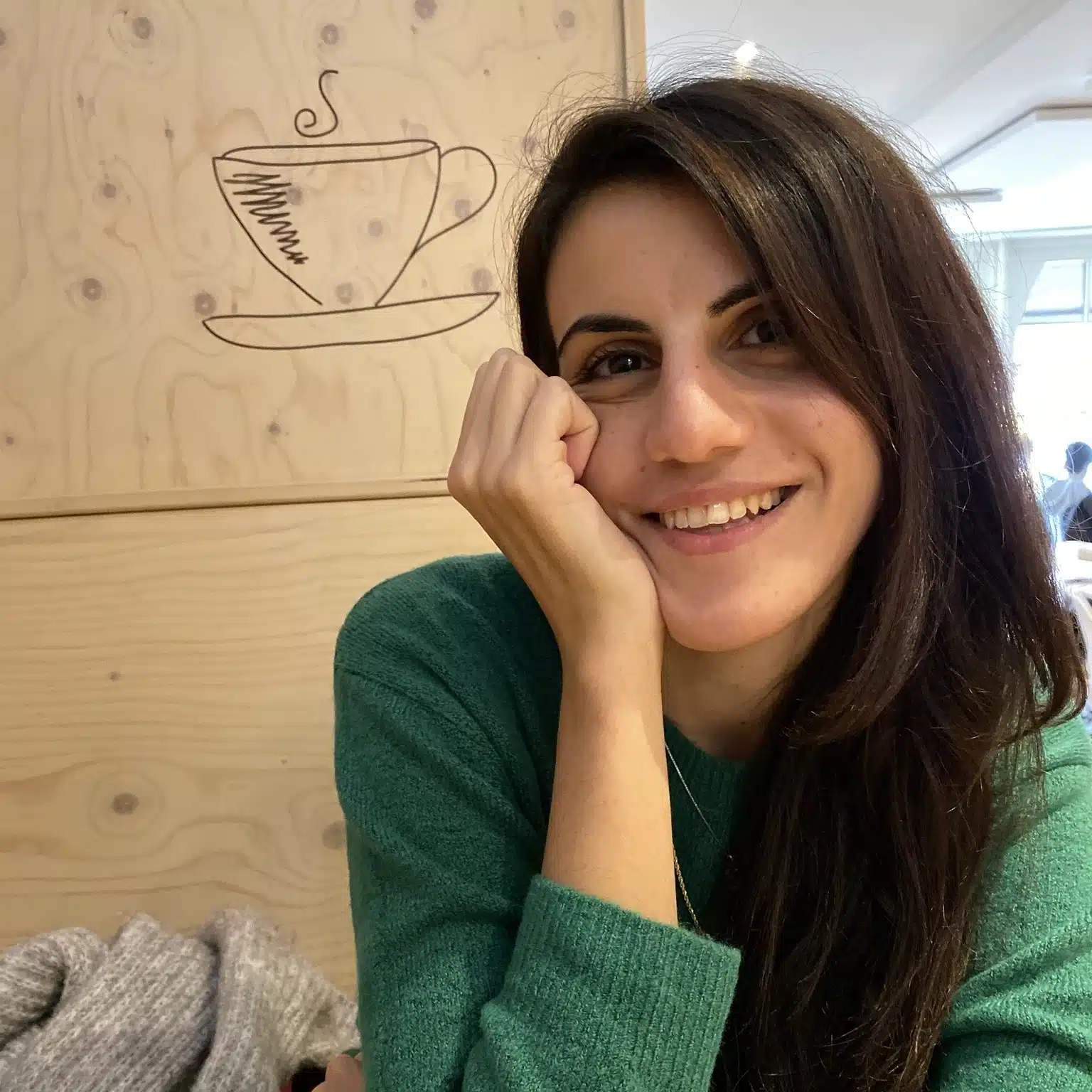Did you know that reading in one’s first language accounts for 70% of a literate person’s vocabulary? As a consequence, applying the same basic concept to your Italian study plan will undoubtedly accelerate your language learning process.
Reading in Italian is not only the most effective way to learn and retain new vocabulary, but it is also an extremely effective manner for activating your passive Italian vocabulary and grammar.
Make peace with the idea that learning something new does not imply that you will be able to apply it the next day. It takes time for new information to sink in. You will almost certainly make several attempts and a few mistakes (think about your Italian subjunctives and prepositions) before you can properly externalize the correct information.
That is where reading comprehension comes in. You visualize and consciously absorb correct sentences when reading in Italian. Reading an Italian novel means being bombarded with beautiful, correct sentences, including subjunctives, prepositions, and connectors.”
How to read Italian books
1. Do not look up every unfamiliar word
Some students will never be able to read an Italian book – not because they don’t know enough, but because they can’t stop at every unfamiliar word to look it up.
Despite acknowledging these students’ eagerness to learn, I would advise against looking up every word in the dictionary. The reason is simple: you are depriving yourself of the pleasure of reading. It is impossible to learn if your mind receives too many inputs. Finally, the overwhelming new vocabulary that can result from reading in a foreign language will leave you confused and overwhelmed.
2. Do not read Dante’s Inferno
Choose a book that corresponds to your level of Italian. If you’re a lower intermediate, Italian short stories are a must-read. Alternatively, seek advice from your Italian teacher on what materials to use. Choose a reading resource that is easy to understand. That means you should be able to understand 90-95 percent of the book. Anything below will not serve as a learning tool.
3. Determine your Italian reading level
Read an excerpt from your chosen book. If the first few pages make sense to you, you know you won’t be confused by the rest of it – it’s at your level. Never attempt to read a difficult Italian book for the sake of bragging rights. You will feel as if you have run a marathon despite not having exercised for a single day.
Also, choose Italian readings that pique your interest; otherwise, you will be less likely to stick with that book and finish it.
A very effective strategy to boost up your Italian through reading is by reading narrowly. If you want to extend your vocabulary in a specific field you should read voraciously about that topic (or using the same authors).
4. Consider reading non-fiction in Italian
Language should never be seen as just a goal, but rather as a tool. You will find happiness in learning Italian for specific purposes, such as travel, work, study, or pursuing your interests in a foreign language. If there is one indispensable secret to success in language learning, it is enjoying the process of learning a foreign language.
Combine your interests in food or history with your study of the Italian language.
Stock your shelves with Italian cookbooks and history books.
5. Read an Italian magazine
Often, an Italian magazine is a better choice than a book, assuming you have the necessary level of understanding. Because the content is in the form of articles, it will make your Italian reading routine easier as you will not have to commit to a full book. Finding the right Italian magazines has never been easier, thanks to this app, which allows you to easily buy or obtain them.
6. Do it for 5-10 minutes a day
Many people believe that to learn effectively, you must sit down in the right light and focus intently. This is particularly true for a structured Italian lesson with your teacher. However, this isn’t always necessary. Reading one or two pages of Italian content is feasible at any level and any time, as long as it matches your level and interests.
If you’re just starting out, consider trying short stories designed for A1 students and aim to read one page per day.
As an intermediate Italian learner, you might increase this to reading two pages per day, and so on.
In the following articles, I have compiled a list of some excellent Italian reads for beginners and intermediate learners.







